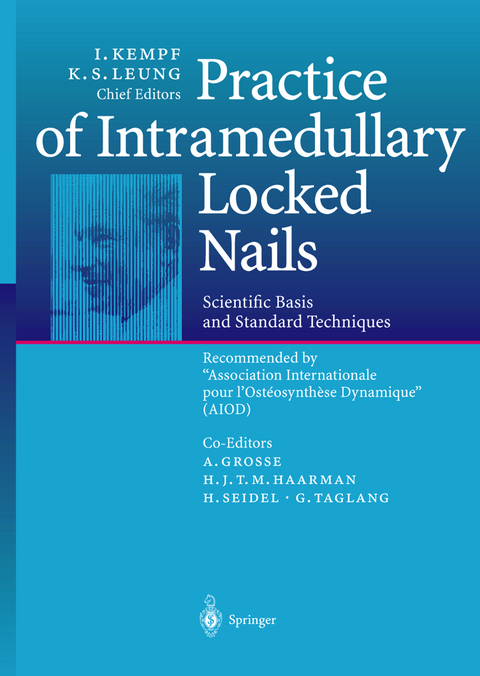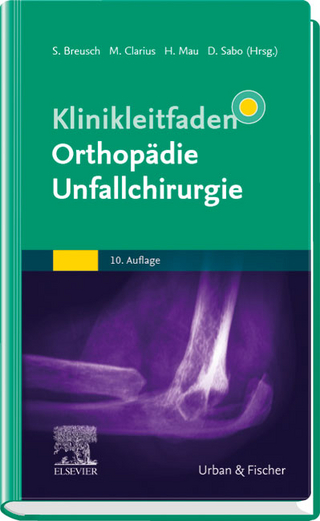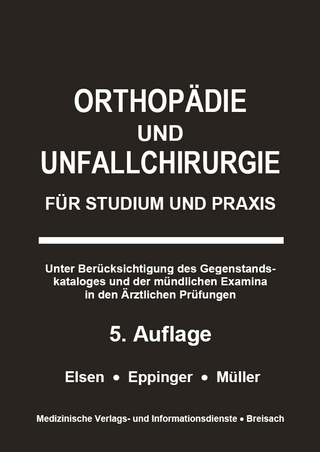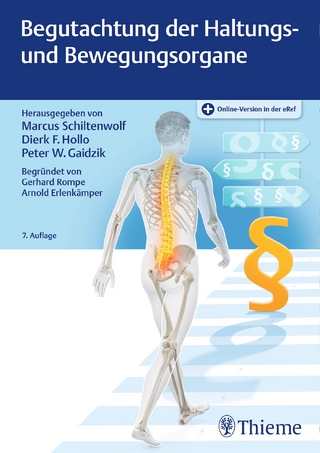
Practice of Intramedullary Locked Nails
Springer Berlin (Verlag)
978-3-540-64079-0 (ISBN)
1 Introduction.- 2 The Biology of Fracture Healing as Related to Intramedullary Locked Nailing.- 3 Bone Circulation and Effects of Experimental Interventions.- 4 Biology and Physiology of Intramedullary Reaming in the Fixation of Fractures.- 5 Biomechanics of Locked Intramedullary Fixation of Fractures.- 6 Intramedullary Nail Systems.- 7 Time of Radiation Exposure During Intramedullary Nailing Procedures.- 8 Distal Targeting in Locking Nails.- 9 Femoral Fractures.- 10 Tibial Fractures.- 11 Proximal Femoral Fractures: Operative Technique for Peritrochanteric Fractures.- 12 Humeral Fractures.- 13 Ulnar Fractures.- 14 Complications of Intramedullary Locked Nailing: Infection and Infected Nonunion.- 15 Complications of Centromedullary Nailing (Excluding Infection).
From the reviews:
"It is a slim volume (170 pages) from the Springer stable and, as one would expect, is beautifully put together. The line drawings are perfect, the radiographs very well produced and the intra-operative images, which are often difficult to obtain, are also good." (M. Barry, The Journal of Bone and Joint Surgery, Vol. 87B (5), 2005)
| Erscheint lt. Verlag | 18.4.2002 |
|---|---|
| Reihe/Serie | Practice of Intramedullary Locked Nails |
| Mitarbeit |
Stellvertretende Herausgeber: A. Grosse, H.J.T.M. Haarman, H. Seidel, G. Taglang |
| Zusatzinfo | XI, 170 p. |
| Verlagsort | Berlin |
| Sprache | englisch |
| Maße | 210 x 279 mm |
| Gewicht | 745 g |
| Themenwelt | Medizinische Fachgebiete ► Chirurgie ► Unfallchirurgie / Orthopädie |
| Medizin / Pharmazie ► Medizinische Fachgebiete ► Notfallmedizin | |
| Schlagworte | Biomechanics • Bone • complication • Fixation • Fracture • Infection • intramedullary nails • lange Röhrenknochen • long bones • Marknagel • Osteosynthese • osteosynthesis • Rehabilitation • Surgery • Surgical techniques • Trauma • trauma surgery |
| ISBN-10 | 3-540-64079-7 / 3540640797 |
| ISBN-13 | 978-3-540-64079-0 / 9783540640790 |
| Zustand | Neuware |
| Informationen gemäß Produktsicherheitsverordnung (GPSR) | |
| Haben Sie eine Frage zum Produkt? |
aus dem Bereich


